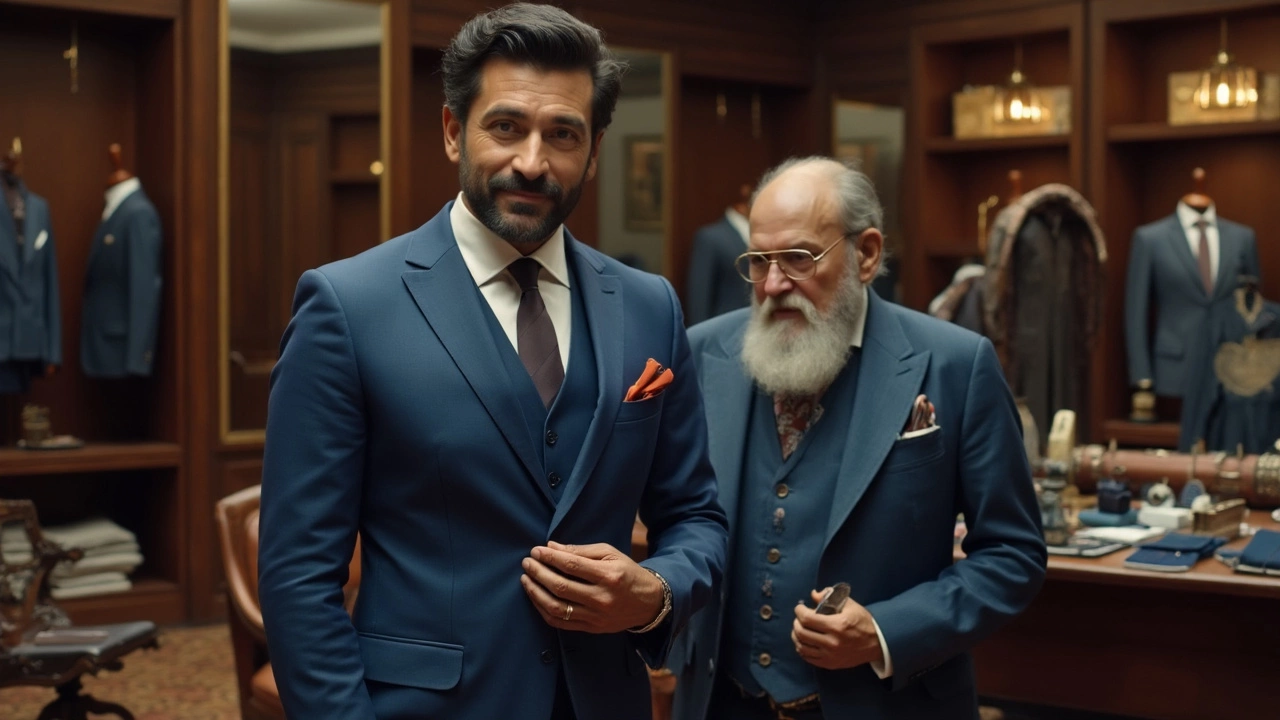Expensive Suits: How to Choose Quality That Pays Off
When you walk into a store and see a suit with a price tag that makes you pause, it’s easy to think it’s just a marketing trick. In reality, an expensive suit often means better materials, tighter construction, and a look that stays sharp longer. If you’re ready to spend a bit more, you want to know exactly why the price is higher and how to make sure you’re getting real value.
What Sets Expensive Suits Apart
First, look at the fabric. High‑end suits use natural fibers like Super 120s wool, cashmere blends, or silk. These fibers feel softer, breathe better, and drape nicely on the body. Cheap suits usually rely on polyester blends that can feel stiff and trap heat.
Second, check the stitching. Luxury suits have a higher stitch count per inch, especially in the seams and lapels. That extra stitch work means the suit holds its shape, even after many wears. You can often see the stitching detail by turning the jacket inside out – if you see even, tight rows, you’re looking at quality.
Third, think about the cut. Expensive suits are often made with a “half‑canvas” or full‑canvas construction. A canvas layer lets the jacket mold to your body over time, giving a custom fit feel. In a cheaper suit, the shoulders are usually fused with glue, which can crack and look worn fast.Finally, don’t ignore the brand’s reputation. Arman Fashion Line, for instance, is known for precise tailoring and attention to detail. When a brand stands behind its work, you’re more likely to get a suit that lasts years, not months.
Caring for Your Luxury Suit
Buying a pricey suit is only half the battle – you need to take care of it. Start with proper storage: hang the jacket on a wide‑shouldered wooden hanger to keep the shape. Use a breathable garment bag rather than a plastic one, which can trap moisture and cause mildew.
When it comes to cleaning, limit dry cleaning to once or twice a year. Over‑cleaning can break down the fibers. Spot‑clean small stains with a damp cloth and mild soap, then let it air dry. If you need a freshen‑up between cleanings, a light steam from a garment steamer works wonders.
Rotate your suits. Wearing the same suit two days in a row doesn’t give the fabric a chance to rest, which can lead to odor and quicker wear. Give each suit at least 24 hours before you wear it again.
Investing in a good suit also means investing in accessories that complement it. A proper leather belt, classic shoes, and a simple tie can lift the whole look without adding extra cost. Remember, a well‑dressed man isn’t about flashy pieces; it’s about clean lines and confidence.
So, if you’re eyeing an expensive suit, ask yourself: does the fabric feel right? Is the stitching tight? Does the brand have a track record of quality? Answering these questions will help you spend wisely and enjoy a suit that looks sharp for years.

